Simplest Chaotic Flows with Involutional Symmetries
J. C. Sprott
Department of Physics, University of Wisconsin-Madison,
Madison, WI 53706, USA
sprott@physics.wisc.edu
Received August 9, 2013
ABSTRACT
A chaotic flow has an involutional
symmetry if the form of the dynamical equations remains
unchanged when one or more of the variables changes sign. Such
systems are of theoretical and practical importance because they
can exhibit symmetry breaking in which a symmetric pair of
attractors coexist and merge into one symmetric attractor
through an attractor-merging bifurcation. This paper describes
the simplest chaotic examples of such systems in three
dimensions, including several cases not previously known, and
illustrates the attractor-merging process.
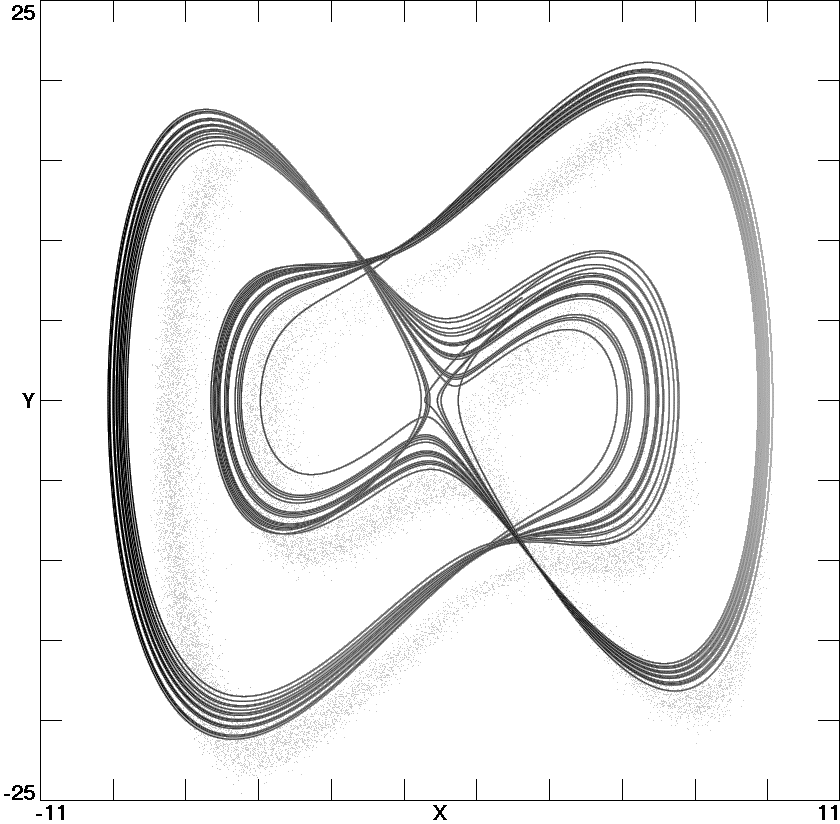
Fig. 1. Moore-Spiegel attractor from Eq. (1) with
a = 9
and
b = 5.
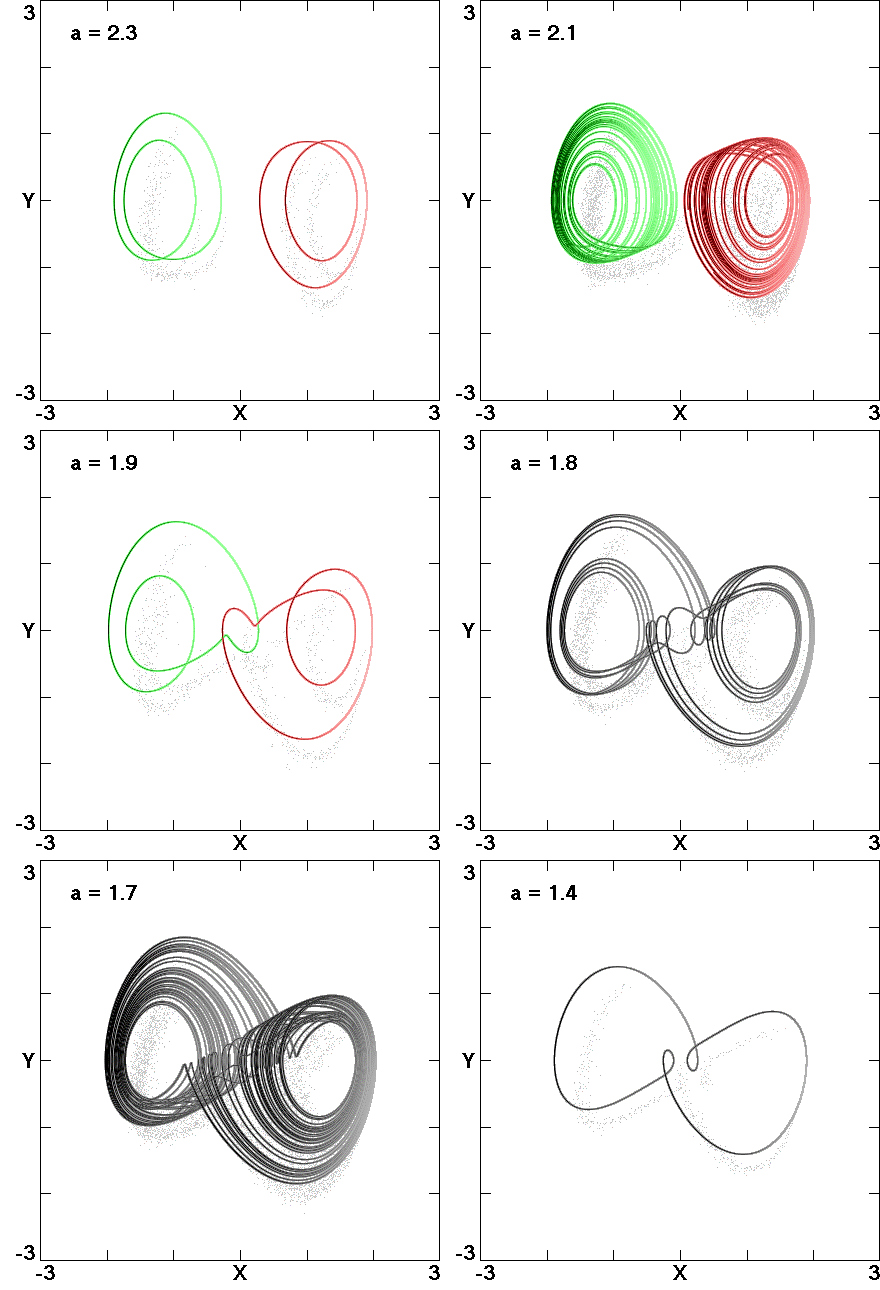
Fig. 2. Attractor merging from Eq. (2) with
b = 2.
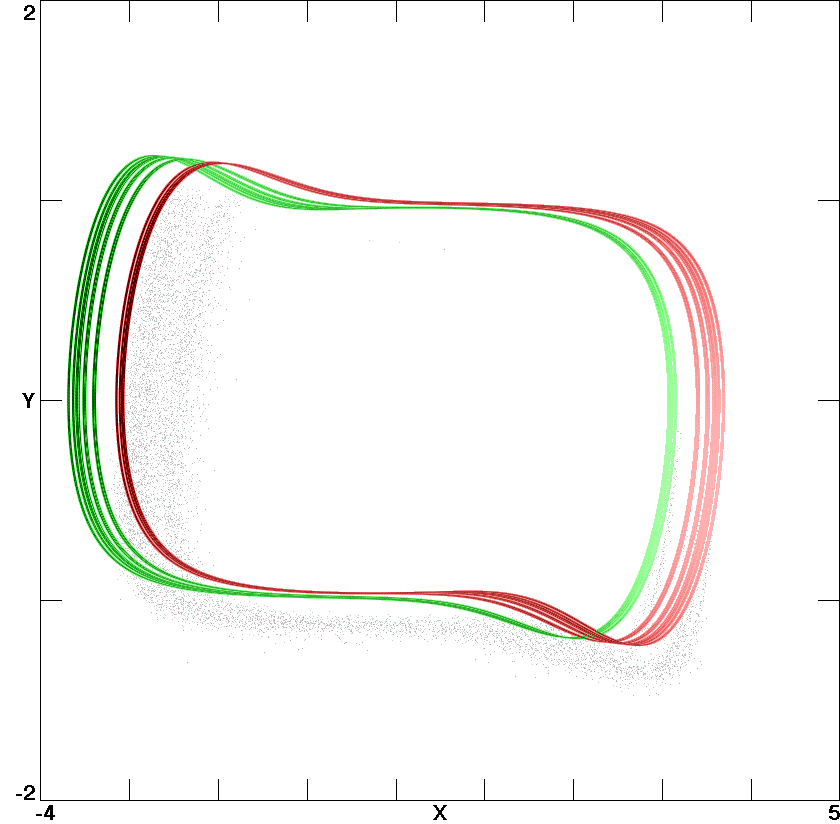
Fig. 3. Coexisting Malasoma strange attractors with
a =
2.08.
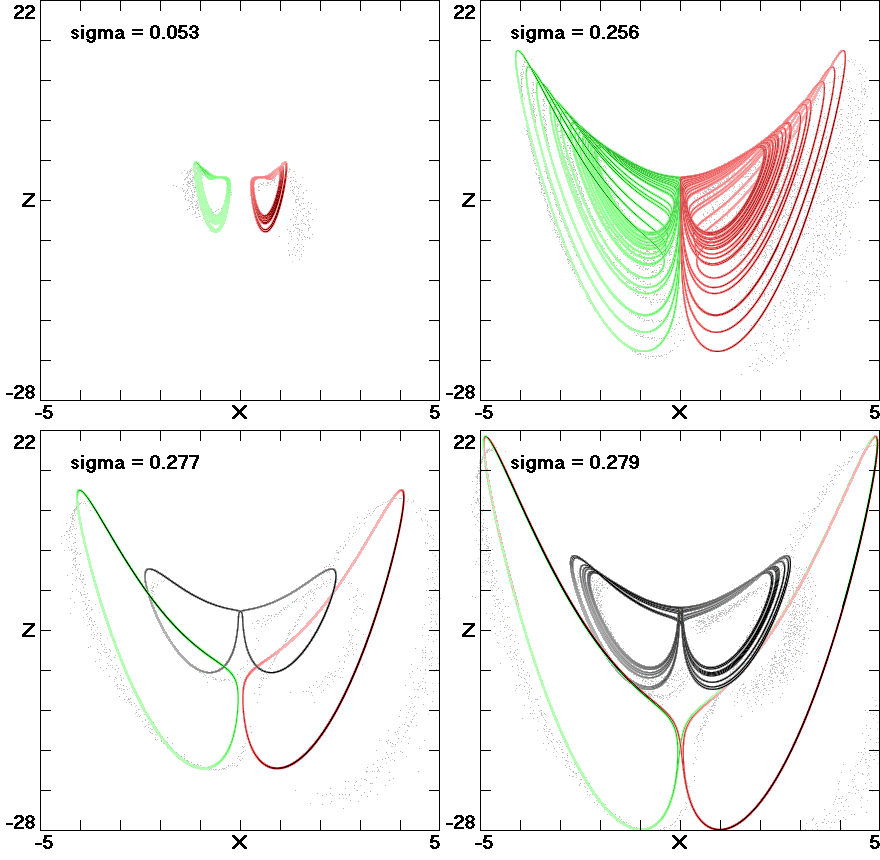
Fig. 4. Coexisting strange attractors in the Lorenz system with
r
= 0 and
b = -0.3.
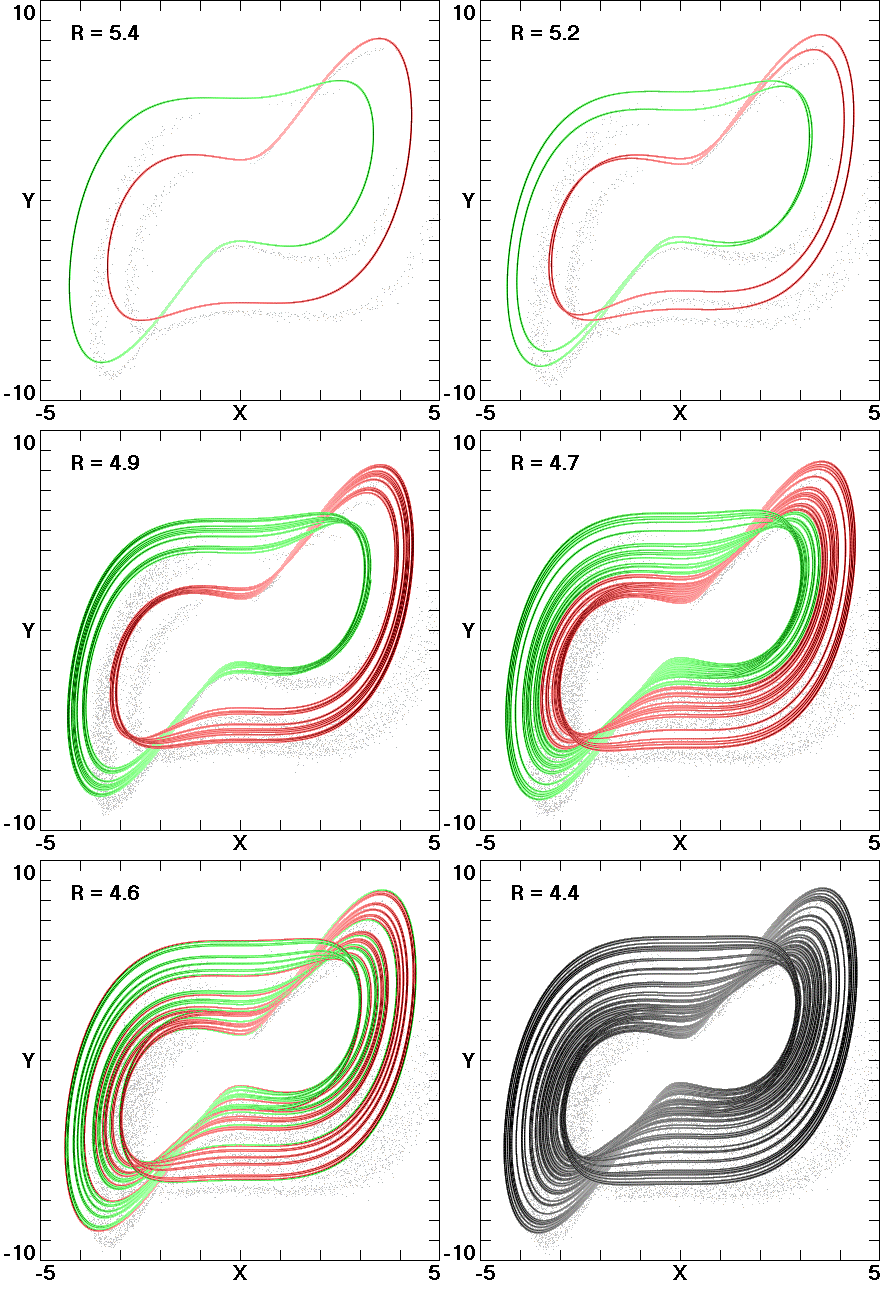
Fig. 5. Attractor merging for Eq. (5).
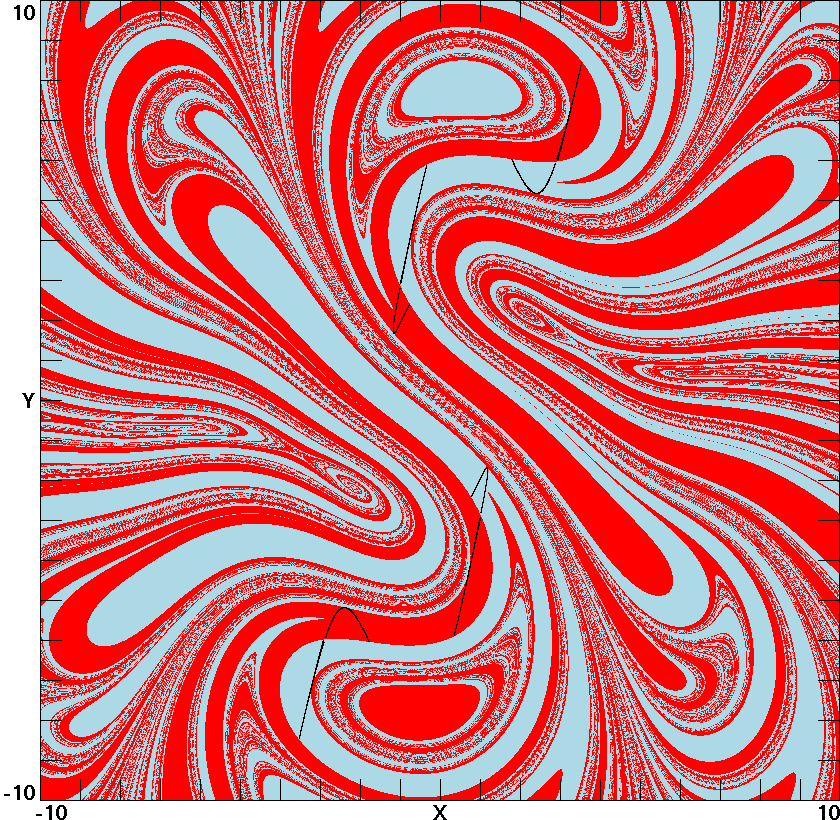
Fig. 6. Cross-section of the fractal basins of attraction in the
z
= 0 plane for Eq. (5) with
R = 4.7. The black lines are
cross-sections of the corresponding strange attractors that nearly
touch their basin boundaries.
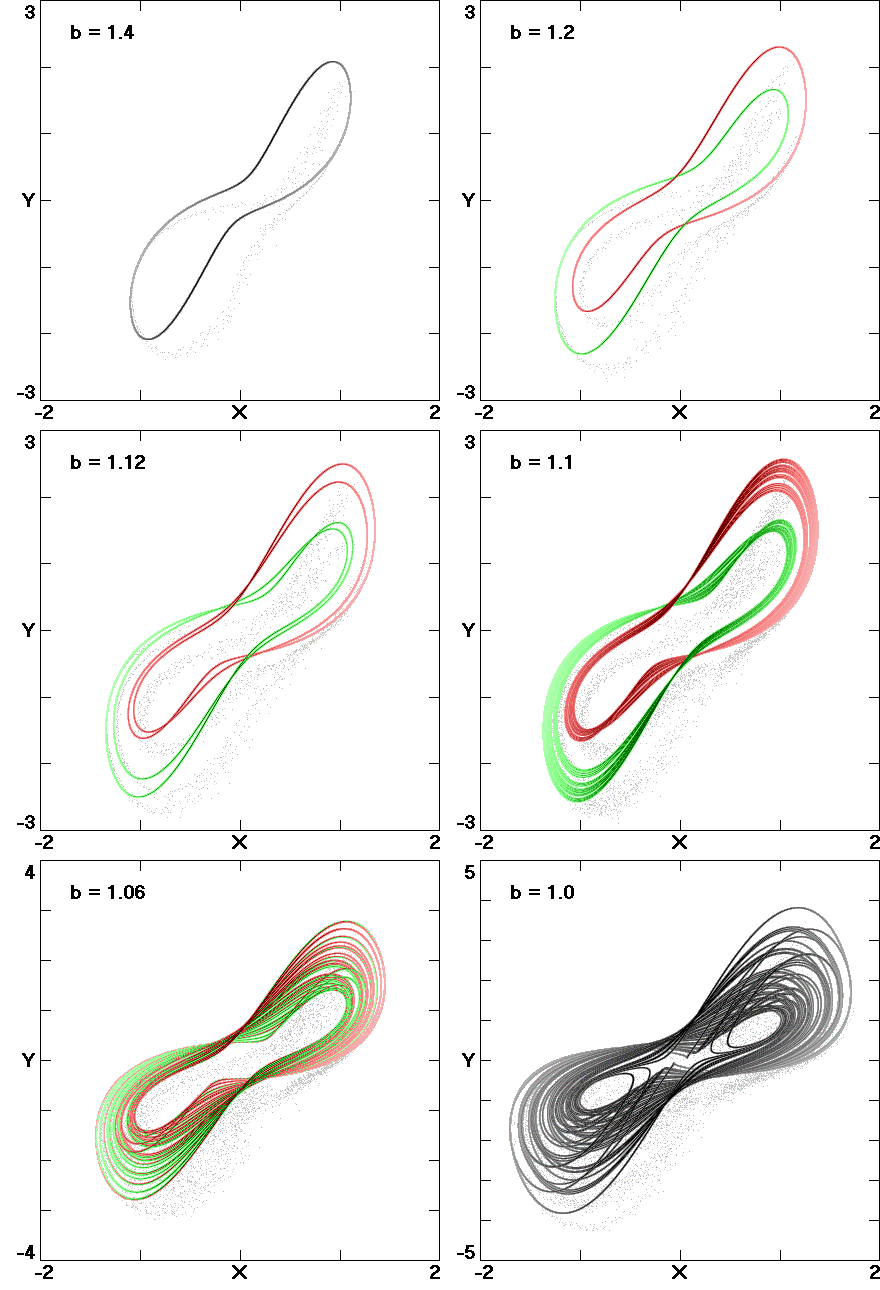
Fig. 7. Attractor merging for Eq. (6) with
a = 1.
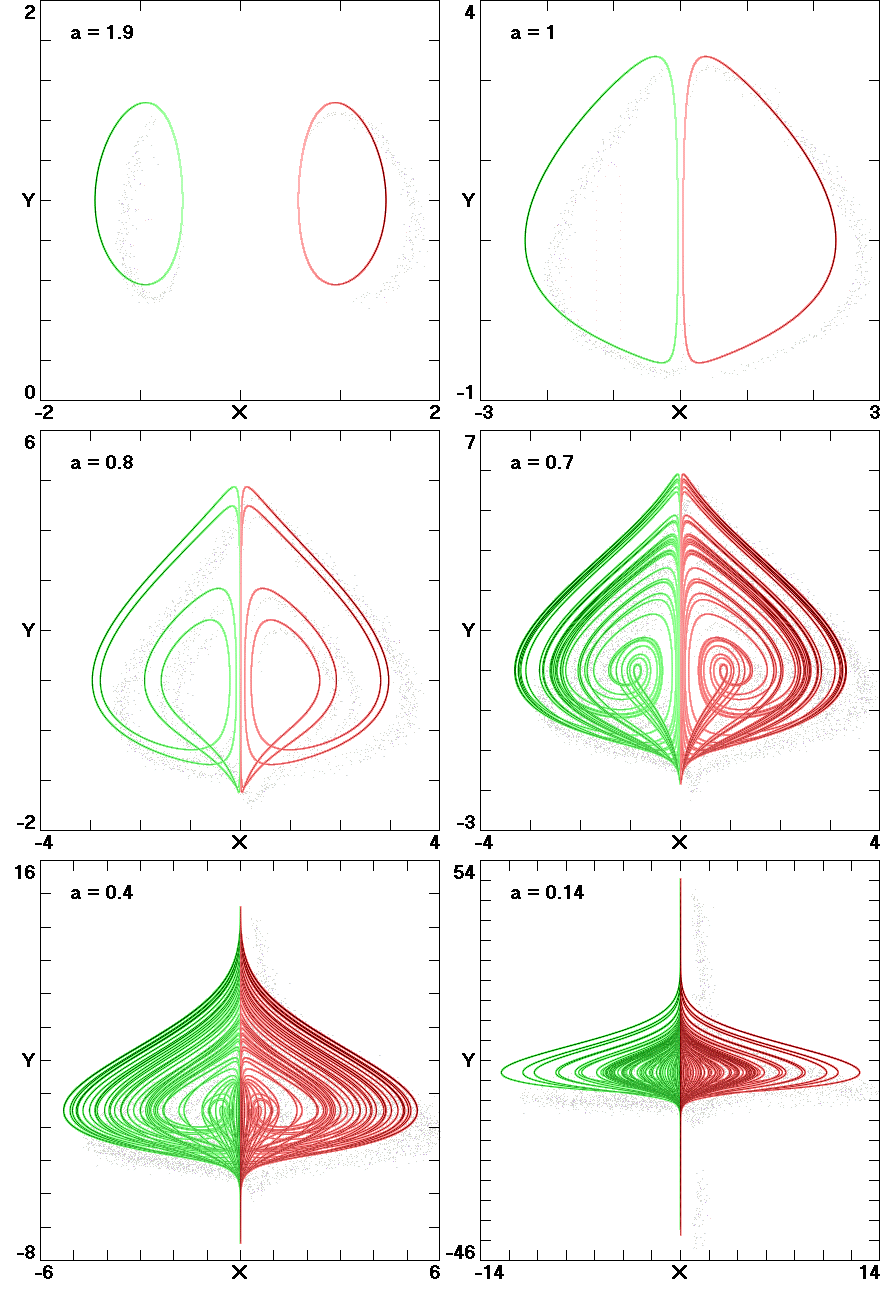
Fig. 8. Attractor "kissing" for Eq. (8).







